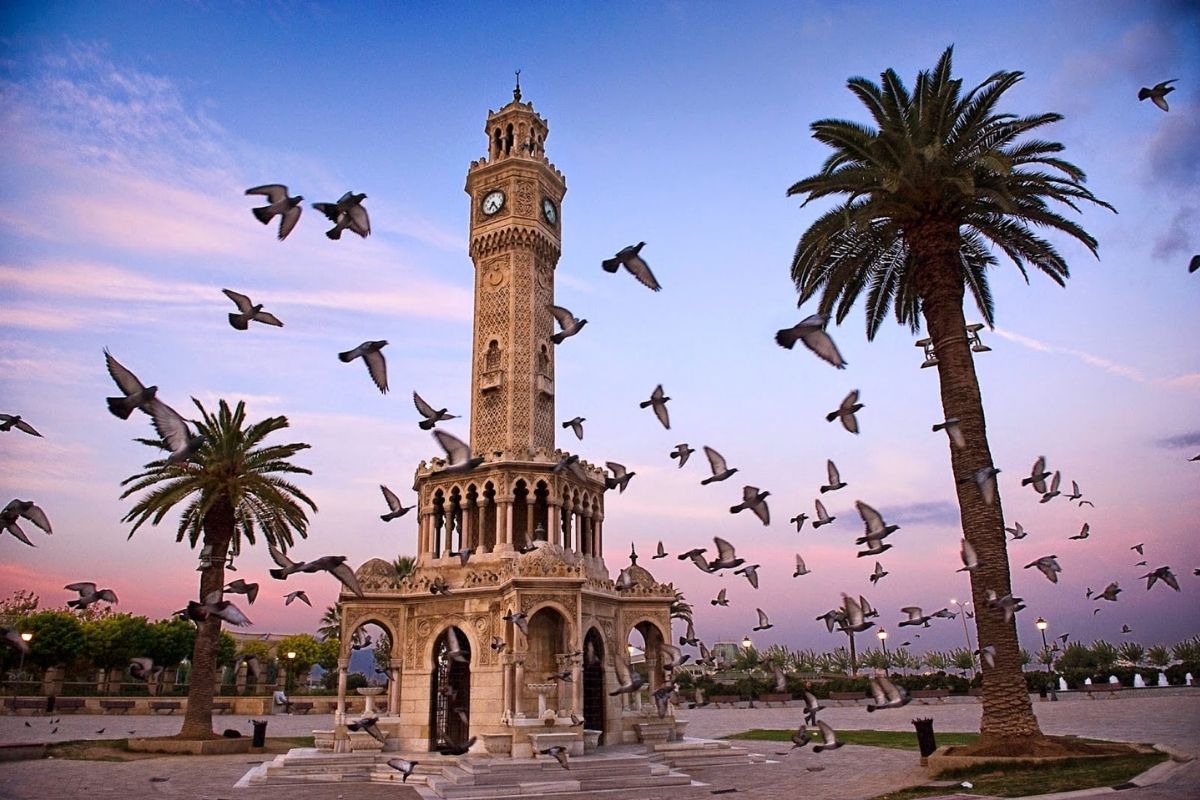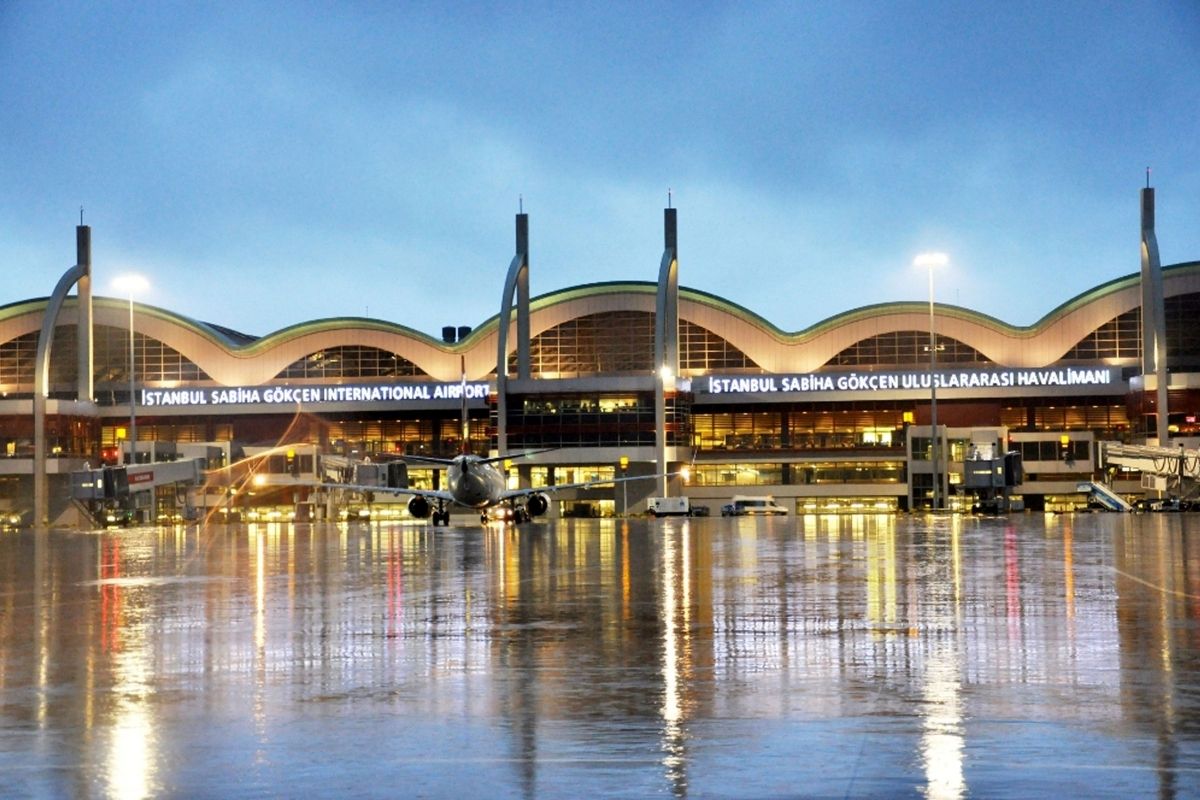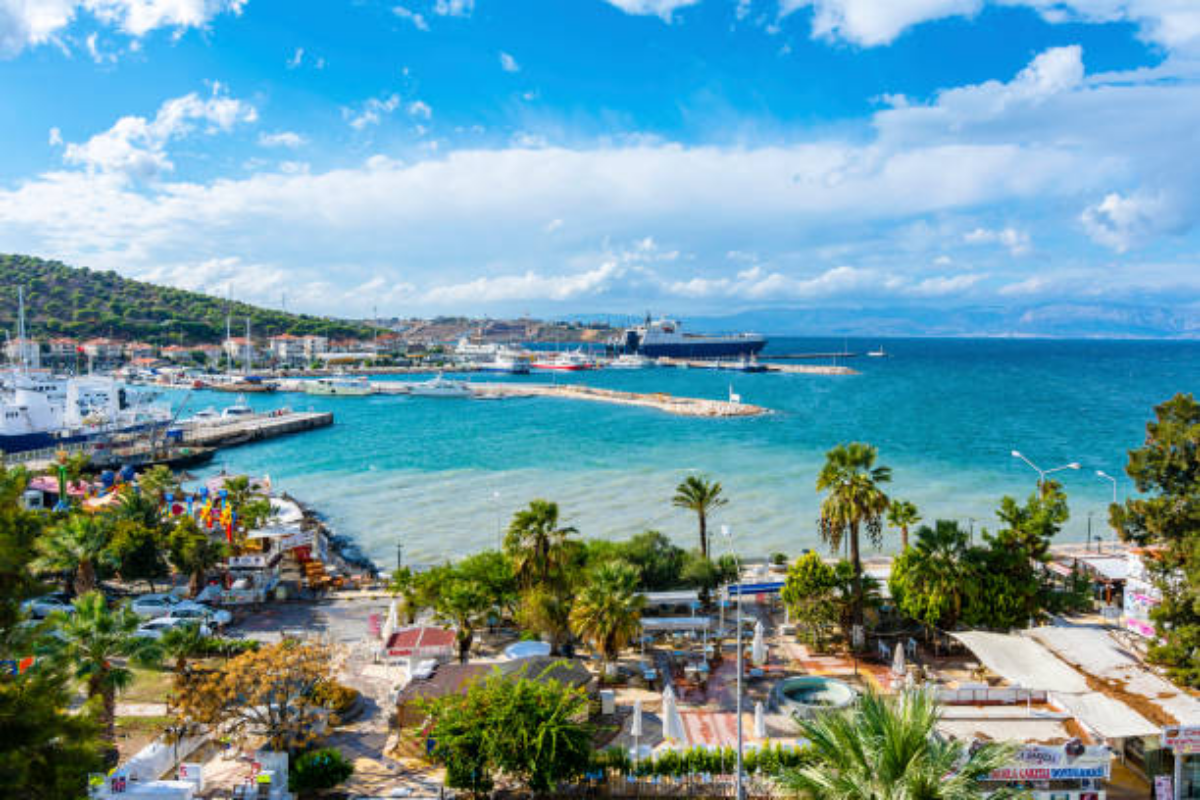The Most Impressive Archaeological Museums and Exhibitions in Istanbul

1. Topkapi Palace Museum: Legacy of the Ottoman Empire
Topkapi Palace is not only one of the most important structures of the Ottoman Empire but also houses some of the world's greatest archaeological treasures. The palace holds artifacts from various periods, from the Byzantine Empire to the Ottoman Empire. The Harem, Archaeology Collection, and sections displaying the Sultan’s sacred relics offer visitors a chance to dive deep into history. The stone artifacts, sculptures, and Roman-era remains in the palace gardens further strengthen the museum's archaeological aspect.
2. Istanbul Archaeological Museums: A Legendary Venue with Rich Collections
The Istanbul Archaeological Museums is one of the largest and most important archaeological museums in Istanbul. This museum complex, consisting of three main buildings, houses valuable artifacts from different civilizations. The exhibits include ancient works from Greece, Rome, Egypt, Mesopotamia, and Asia. Notably, the Istanbul Archaeological Museum and the Museum of the Ancient Orient have one of the most impressive archaeological collections in the region. Famous artifacts such as the Alexander the Great Statue and Midas’ Tomb are displayed in this museum.
3. Archaeological Excavations in the Courtyard of Suleymaniye Mosque
The courtyard of the Suleymaniye Mosque is historically and archaeologically significant. Excavations here have uncovered remains from the Byzantine and Roman periods, predating the Ottoman Empire. The remains of ancient Roman structures in this area reveal the rich archaeological past of this site. The ancient ruins behind the Suleymaniye Mosque provide visitors with an opportunity to journey through the city's past. Exploring this area is an impressive experience for those wanting to step into history.
4. Hagia Sophia: An Archaeological Treasure from Byzantium to the Ottoman Empire
Hagia Sophia is not only a mosque but also an archaeological museum that showcases the grandeur of the Byzantine Empire. The mosaics, frescoes from the Byzantine era, and Ottoman additions leave traces of every period. Although it was re-opened as a mosque in 2020, archaeological discoveries continue in Hagia Sophia. Visitors can witness the merging of Byzantine and Ottoman art here. The exhibitions and excavations in Hagia Sophia provide a unique experience for history enthusiasts.
5. Pera Museum: Ancient Art and Archaeology in One Place
Pera Museum draws attention not only for its modern art exhibitions but also for its ancient art collections. The museum has an important collection of works from the Ottoman Empire and the early Republic period. The museum’s collection of archaeological artifacts, including those from the ancient Turkish and Islamic periods, offers visitors a cultural journey from the past to the present.
6. Basilica Cistern: The Mysterious Water Reservoir of the Byzantine Period
The Basilica Cistern is the largest water reservoir from the Byzantine period and is an architectural marvel. This cistern, built to meet the water needs of ancient Istanbul, holds sculptures, mosaics, and architectural details that reflect Byzantine craftsmanship. The mystic atmosphere and ancient remains inside the cistern provide visitors with a rare opportunity to experience the deep history of the city. It is one of Istanbul’s most fascinating archaeological treasures.
7. Chora Museum: The Glory of Byzantine Art
The Chora Museum, located in the Edirnekapı district of Istanbul, is one of the finest examples of Byzantine art. The museum is famous for its Byzantine frescoes and mosaics, which are masterpieces of the period. The mosaics at the Chora Museum are of great importance both artistically and historically. These works offer a visual and archaeological feast for visitors. Ongoing restoration work has brought the building’s ancient splendor into the present day.
8. Basilica Cistern (Yerebatan Sarnıcı): A Legacy from Ancient Rome
The Basilica Cistern is not only a water reservoir but also an important archaeological site from the Roman Empire. The 336 columns inside the cistern are a testament to Roman architectural techniques. In addition, the Medusa head sculptures and the mystical atmosphere of the cistern make it a unique experience for history lovers. This enigmatic structure reveals important clues about Roman construction methods and Istanbul’s ancient past.
Conclusion: Exploring Istanbul's Archaeological Riches
Istanbul is a city that has hosted many civilizations throughout history, and it holds great archaeological significance. Rich collections, ancient artifacts, and impressive excavations offer unforgettable experiences for history lovers visiting the city. These archaeological museums and exhibitions not only allow visitors to discover the past but also provide an opportunity to delve deeply into the history of Istanbul.










